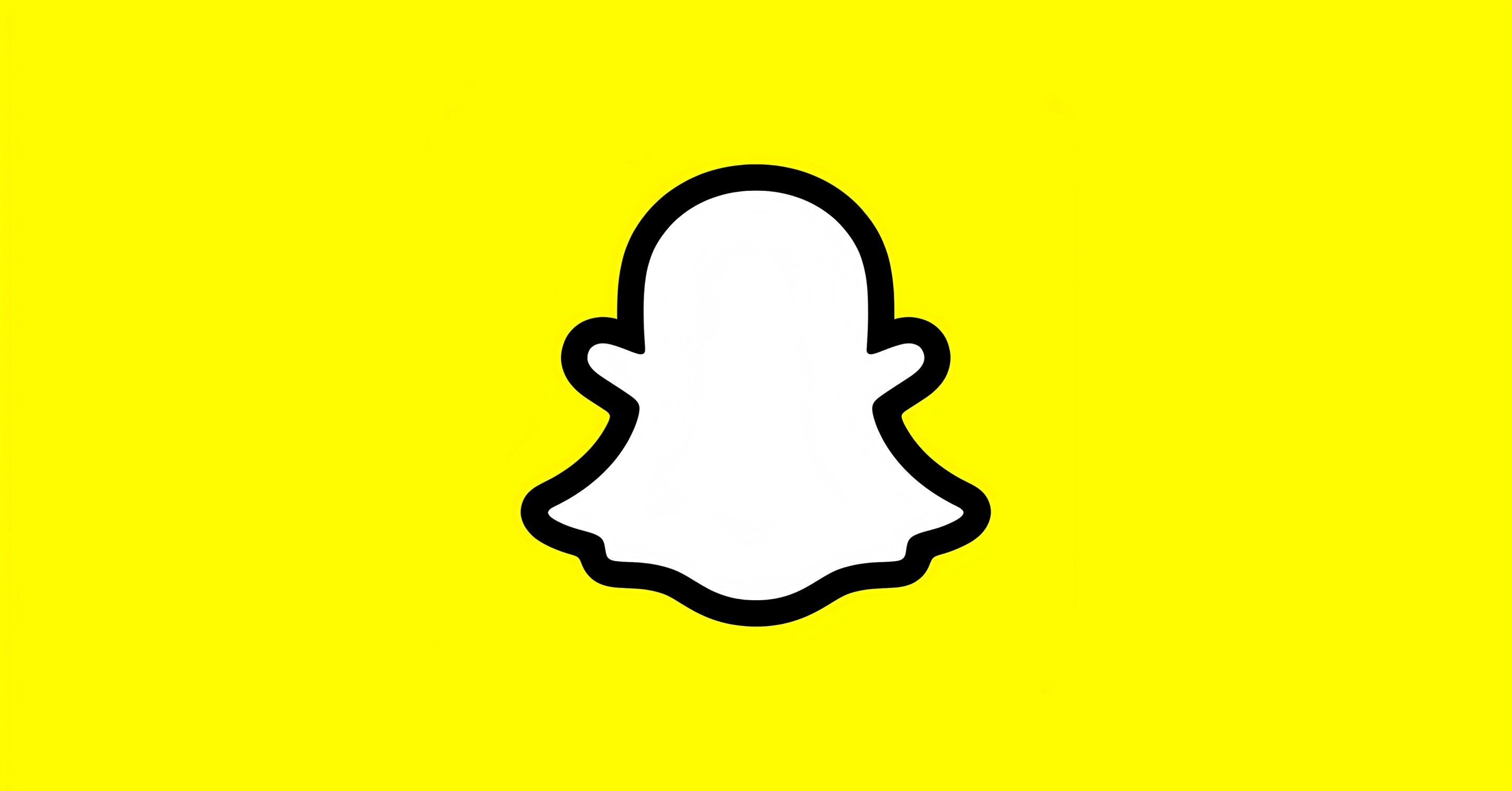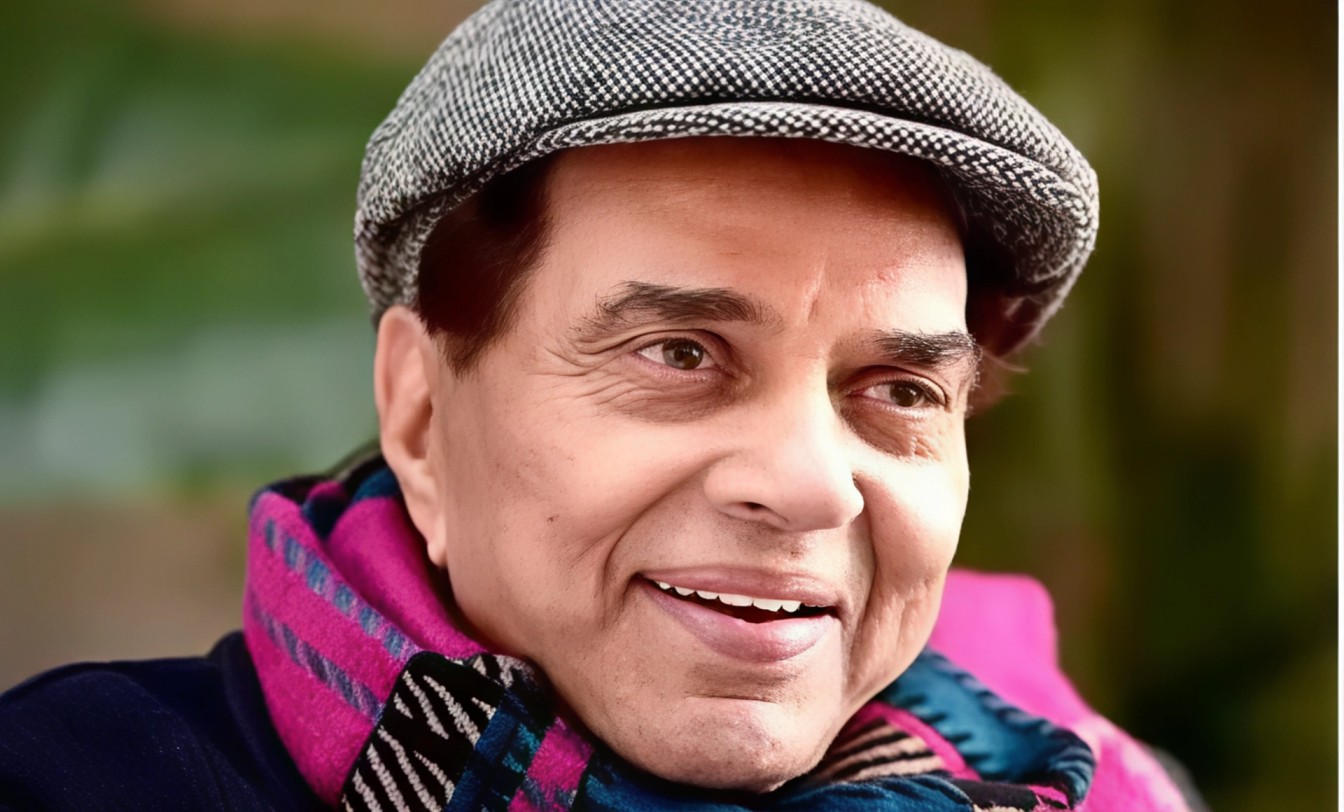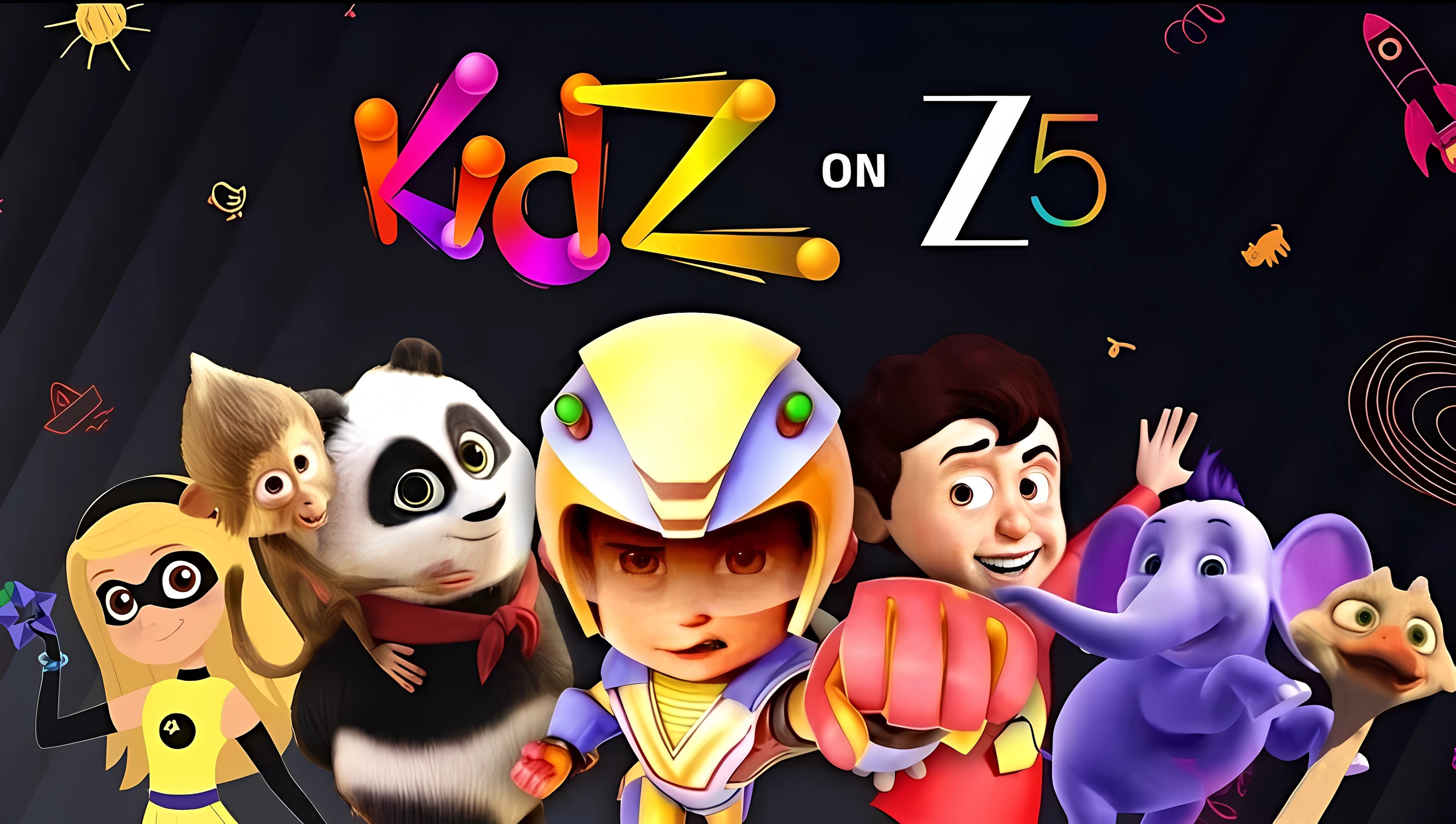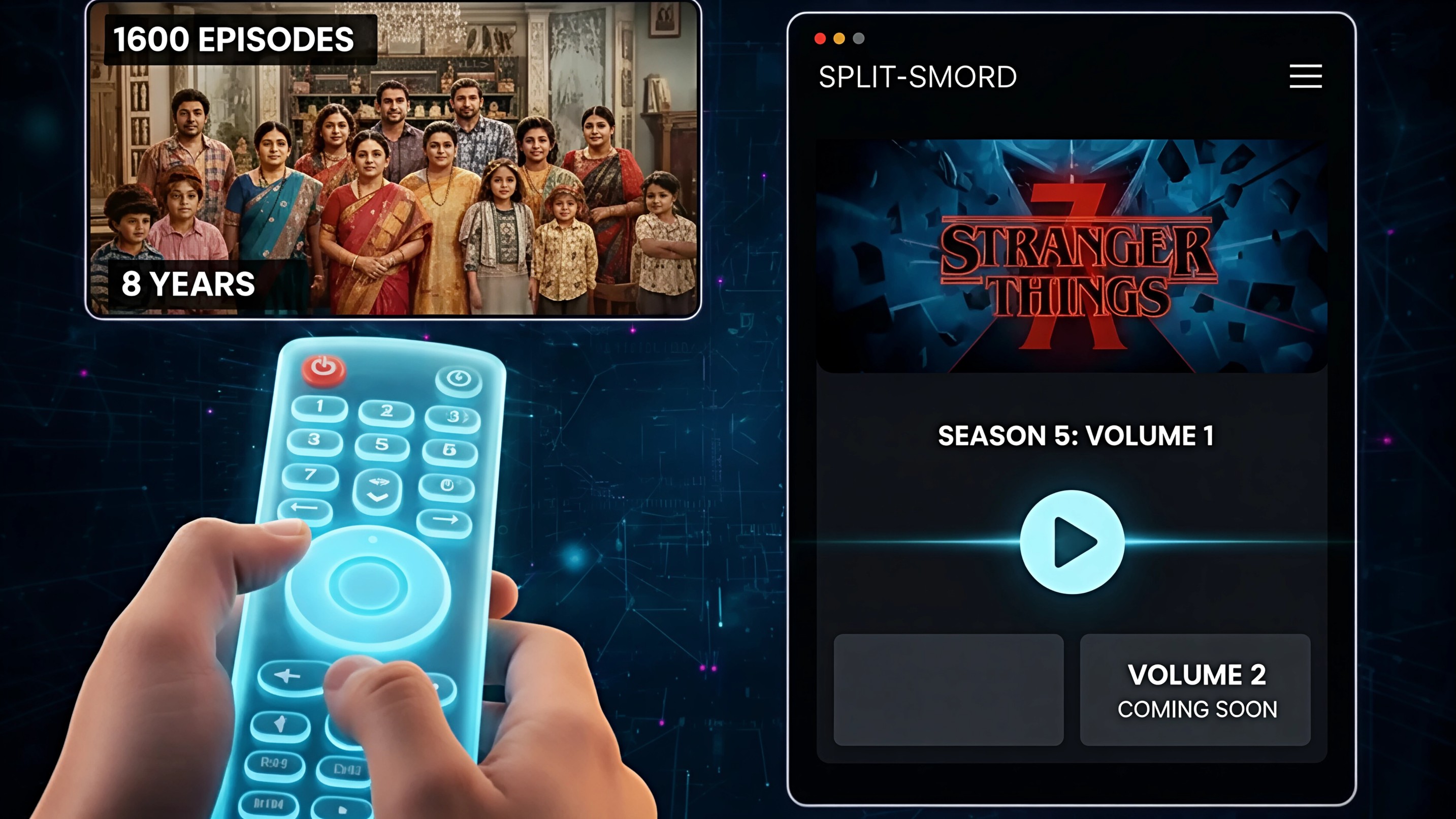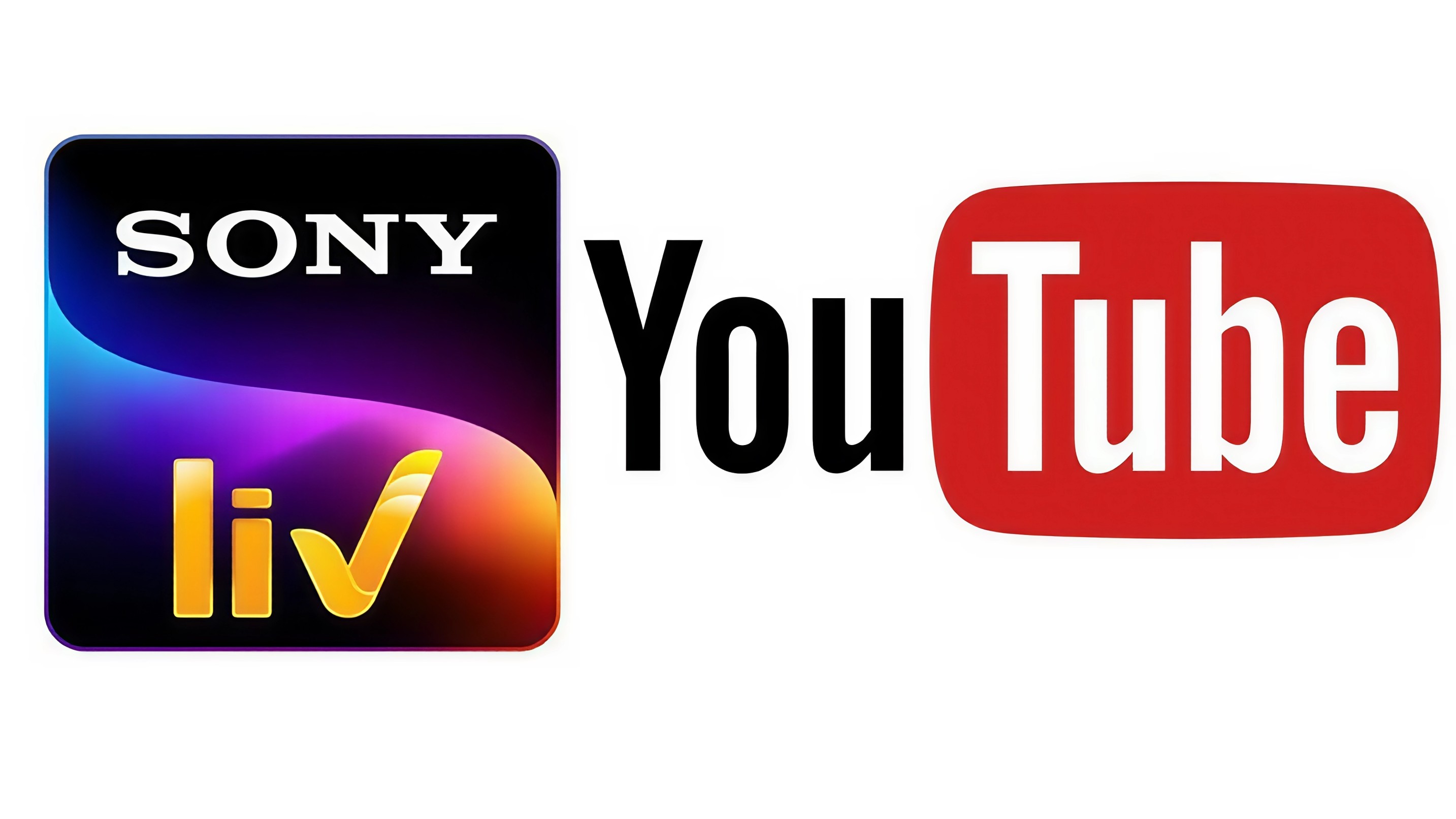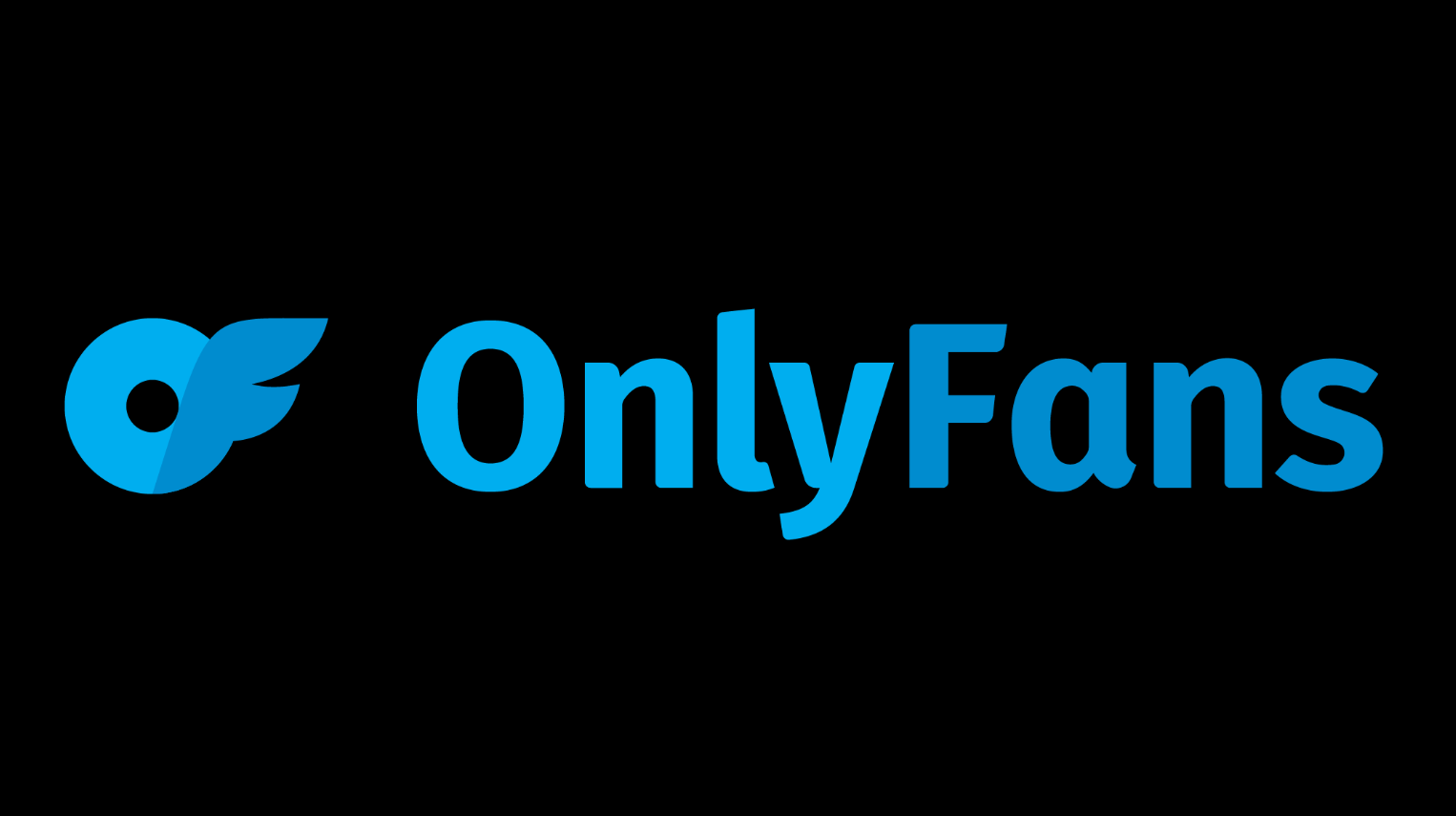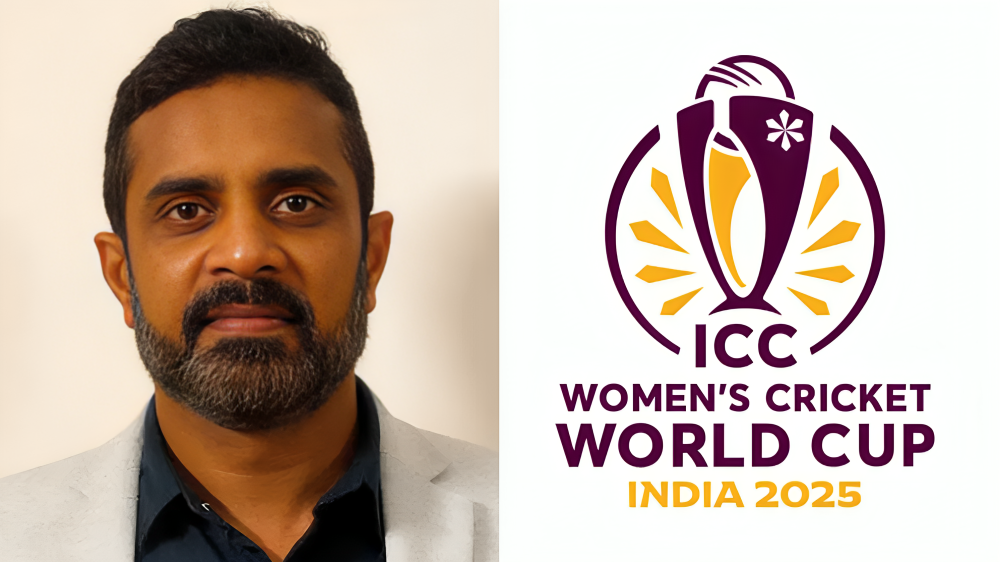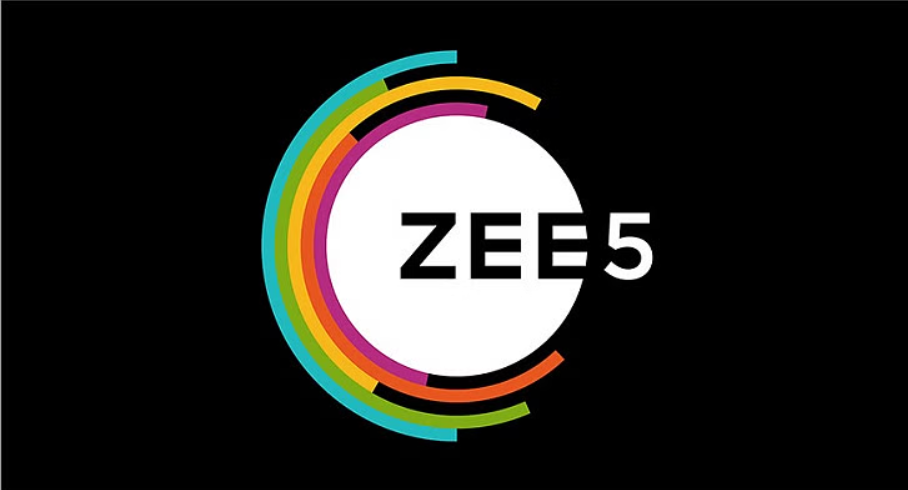JioCinema recently announced its Rs.29/month plan, and it's a tale as old as Jio's existence. Back in the day when the telecom operator launched Jio, it was priced at a bare minimum, affordable rates with excessive data packs. it seemed that Jio had cracked the pulse of Indian consumers- offer more for less. So more content at just Rs.29, we don't hear anyone complaining.
Not only did JioCinema tease the customer with ad-free plans for IPL watching, but it has slashed its prices by two-thirds with a Rs.29/month individual plan and Rs.89/month, family plans. The move comes on the heels of Netflix posting an increase in subscriber base and a revenue jump. So is this move strategic or simply, reactionary?
Why slashing prices is not a great sign
This means that users can now enjoy premium Hollywood content, including shows and movies from HBO, Peacock, and NBCUniversal, for less than one rupee a day. Previously, JioCinema Premium was available with ads for Rs 99 a month and Rs 999 a year. Additionally, cricket, including the Indian Premier League (IPL), and other Viacom18 shows will also be accessible.
Analyst estimates reveal that the pricing for broadcaster-based OTT platforms in India, such as Disney+ Hotstar Premium, ZEE5, and SonyLIV, averages around Rs 103 per month. In contrast, the average monthly pricing for international OTT platforms (comparable premium plans only) is approximately Rs 358. This results in a significant 86% reduction in pricing for JioCinema Premium compared to its market peers.
ADVERTISEMENT
Foreign players like Amazon Prime have already been experimenting with ads on the platform and have subsequently been charging higher than JioCinema's plan. The move entails Netflix, which is riding high on the success of its Rs.149 and Rs.199 plan, to stick to not increasing plan rates, anytime shortly.

While Jio's telecom pricing model helped it acquire subscribers, OTT content remains a scattered market with several regional and small players in the mix.
This move can lead to a significant loss of creative content online. As the game monetises views become strategic, OTT platforms will be forced to stick to original pricing or even slash it, in response to Jio's move. If not, they will be forced to take the merger route with larger players.
The Game of OTT Throne
OTT is valued because of its ability to be creative. The increase in competition has only forced production houses to compete in terms of content. The price variable has been a factor to gain subscribers but content remains the king. However, Jio's move to slash prices will spur other platforms to do the same. In the long run, this strategy will be great for price optimisation, but creativity will be hampered by lowering costs.
ADVERTISEMENT
As is the trend with Jio, disruptive pricing has eliminated competition. The same can transcend to the creative OTT space.



